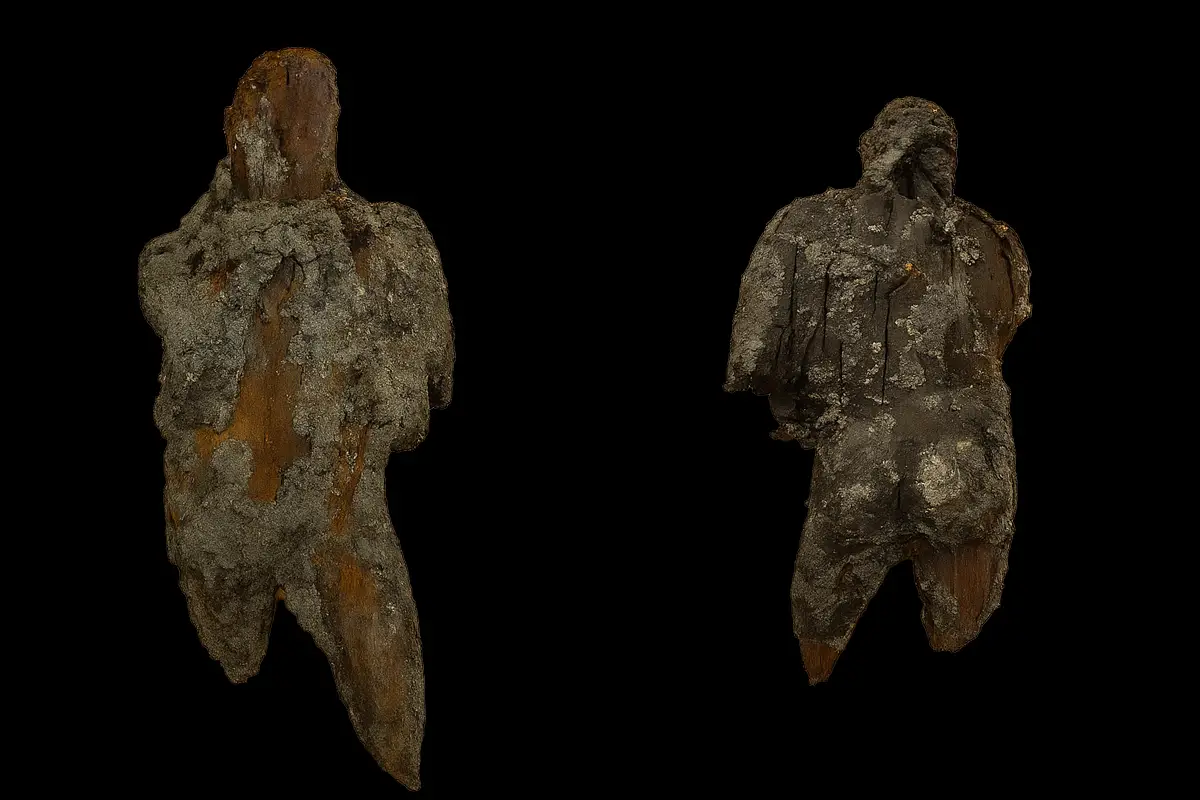A rare wooden sculpture depicting Hercules has been discovered in a refuse pit on the Spanish Island of Ibiza.
Known in antiquity as Ebusus, Ibiza became part of the Roman world after the fall of Carthage in 146 BC. Under Roman rule, Ebusus flourished as a prosperous port city, with the main harbour located at present-day Ibiza Town (Eivissa).
Recent excavation works in preparation for a housing development near Isidor Macabich Avenue have revealed a wooden sculpture depicting Hercules, the Roman equivalent of the Greek divine hero Heracles.
The Romans adapted the Greek hero’s iconography and stories for their literature and art; however, Hercules had several myths that were distinctly Roman.
The sculpture was found in the remains of a Roman grain silo that was later reused as a refuse pit. Over the centuries, the pit was filled with rising groundwater that created an oxygen-free, or anaerobic environment.
These conditions prevent microorganisms that decompose organic material, enabling the sculpture to survive in almost perfect preservation. According to experts, similar preservation has been observed in bogs found in northern European, but it is almost unheard of in the heat and humidity of Ibiza.
The sculpture was found along with ancient footwear, tools, and plant remains, which have been transferred to the Archaeological Museum of Ibiza and Formentera (MAEF) for conservation.
Specialists have been stabilising the sculpture by maintaining the wood in a controlled environment to prevent cracking or disintegrating. Archaeologist Juan José Marí Casanova explained that this process will take months.
“We also found fruit pits that will give us insight into Ibiza’s horticulture during that period ,” explained Casanova. “It’s less spectacular than the Hercules statue, but archaeologically it’s very interesting. These materials will allow researchers to reconstruct the ecology and agricultural practices of the island in Antiquity and the Middle Ages.”
Header Image Credit : Lavozdeibiza
Sources : Lavozdeibiza





